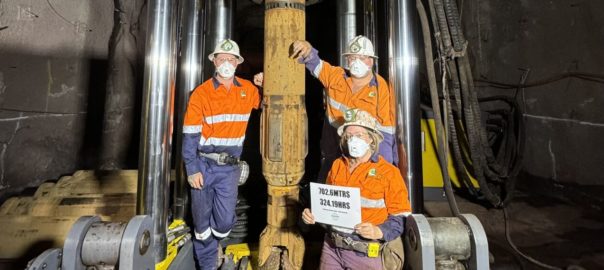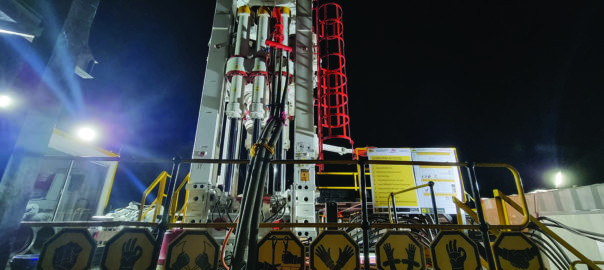Byrnecut Group’s specialist raise drilling company, Raising Australia, has announced a new Rotary Vertical Drilling System (RVDS) record at the BHP-owned Prominent Hill operation in South Australia.
A total of 702.6 m of development over 324.19 hours makes the pilot hole at the Wira Shaft the longest single unit pass, top to bottom using a MICON RVDS, Raising Australia says.
The previous record set in 2013 was surpassed late last month as part of the shaft sinking project at Wira.
Byrnecut was awarded the Wira shaft work when the mine was under ownership of OZ Minerals – which recently became part of BHP.
BHP noted in its full year results to end-June 2023 that the Wira shaft mine expansion project was under construction. The hoisting shaft is expected to extend the mine life to at least 2036 and may provide access to potential mineralisation outside the current mine plan, it added.
The RVDS is a pre-programmable, self-steering device for drilling vertical holes. It consists of two modules integrated in the lower part of the bottom hole assembly between the drill bit and the first string stabiliser. A read-out unit consisting of a pressure transducer, an interface unit and a computer in the driller cabin complete the system.
In more than 450 projects around the world the RVDS has proven its reliability and accuracy, according to MICON, with, on average, the RVDS pilot holes deflecting less than 0.1% over the drilling distance.









